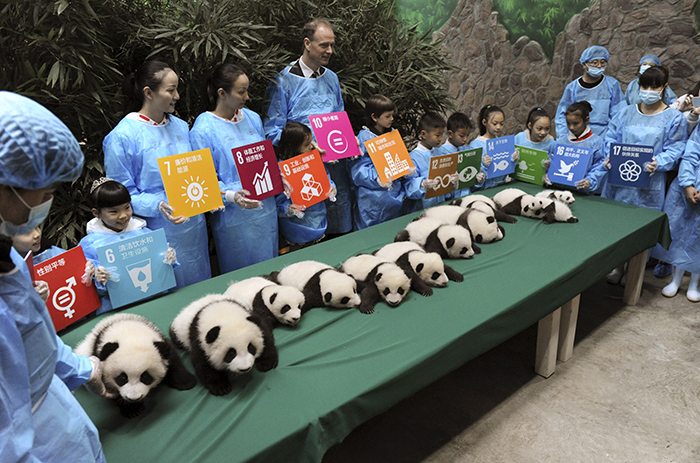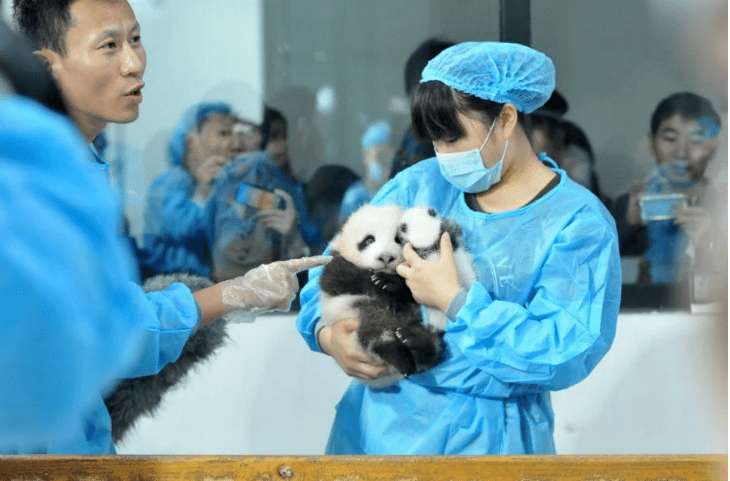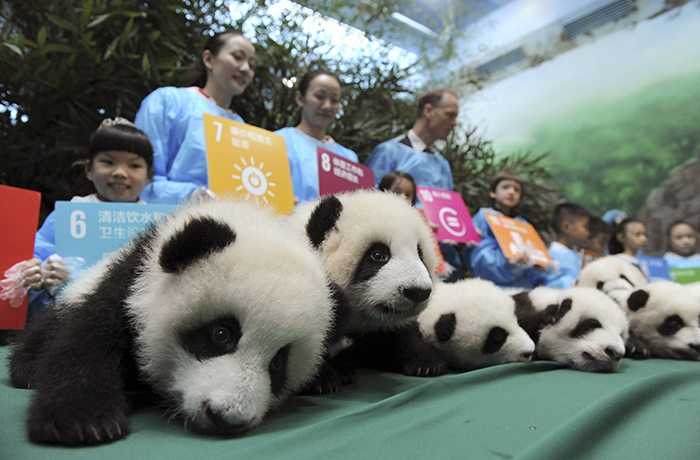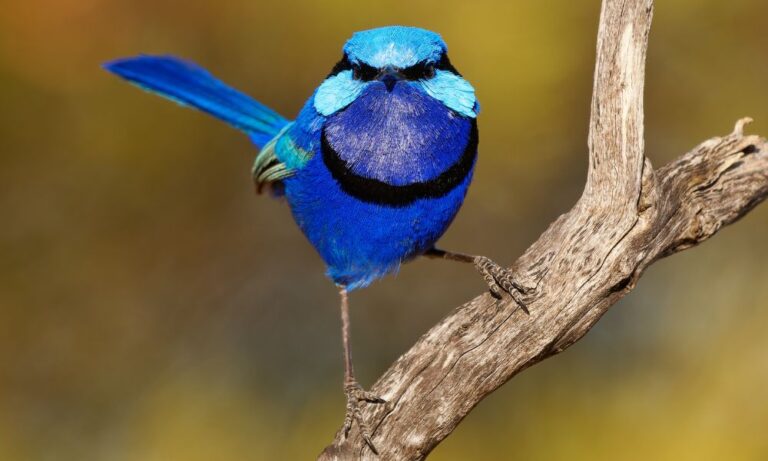The latest batch of Pandas to be bred at Chengdu Research Base in China have been presented to the public for the first time.
As the newest members of “panda kindergarten” – where they are nurtured into independent adults, their presence marks a huge year for the species’ breeding efforts.
Because females only ovulate for a short period, of between two to three days a year, the species is notoriously difficult to breed, especially in the wild.
According to the Smithsonian’s National Zoo, this means that without breeding programs such as this, the wild population would be unable to meet necessary reproduction targets.
“The giant pandas’ naturally slow breeding rate prevents a population from recovering quickly from illegal hunting, habitat loss, and other human-related causes of mortality.”

The giant panda is listed as endangered in the World Conservation Union’s Red List of Threatened Species. With only about 1,600 left in the wild, breeding programs like the one at Chengdu are incredibly important in ensuring the future of such beautiful animals.
So in terms of success rates, 15 healthy babies is an incredible achievement for the species.
Even more incredible is the amount of twins that were born in this period.
A total of six sets of twins were born in this round, with two of the sets being named image ambassadors by the United Nations Development Program, which helps to bring awareness to the species’ plight around the world.
View some more adorable images from the panda’s born earlier this year.








